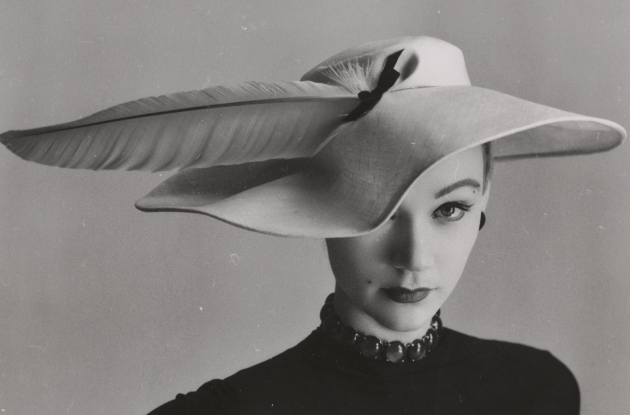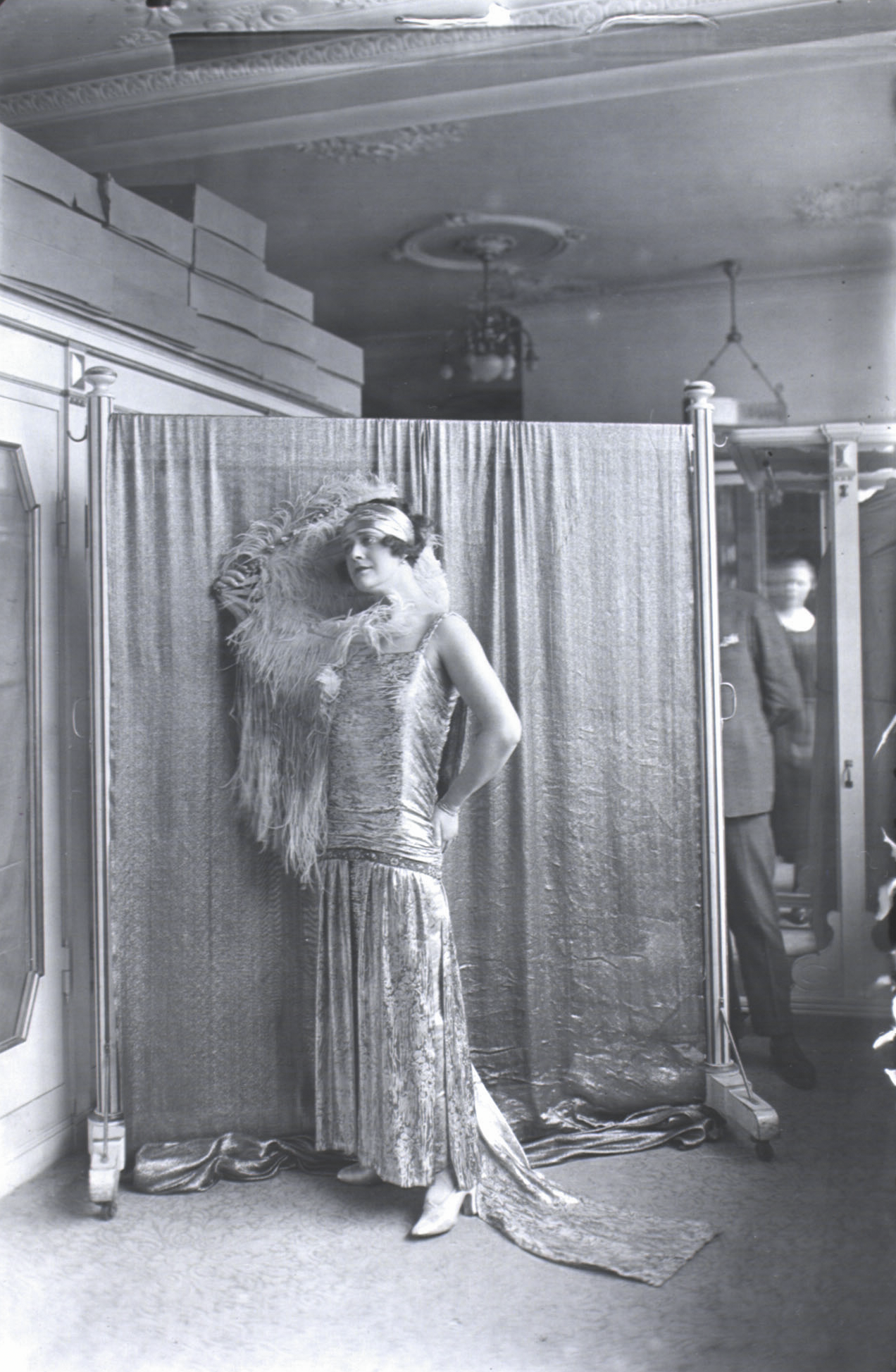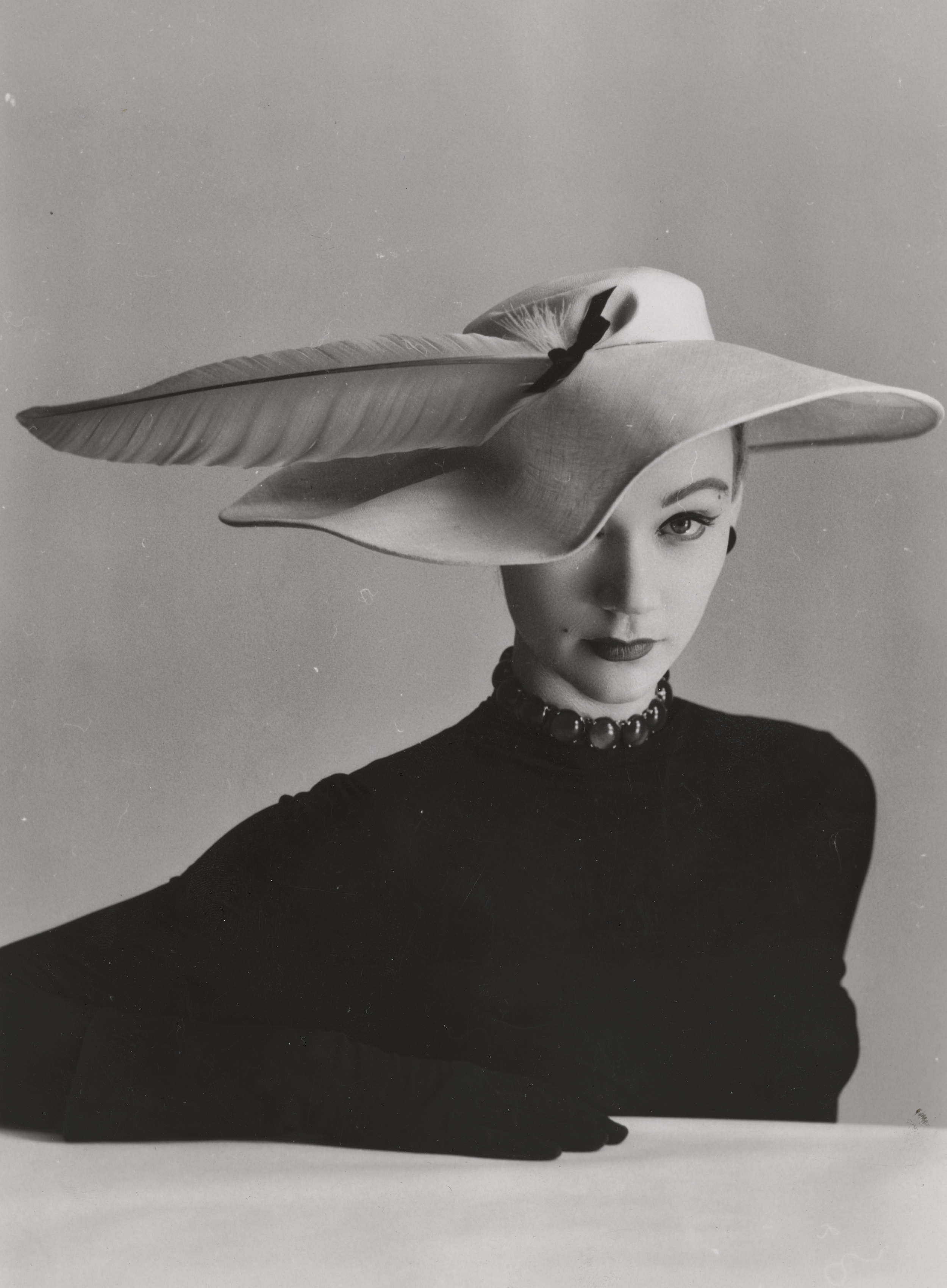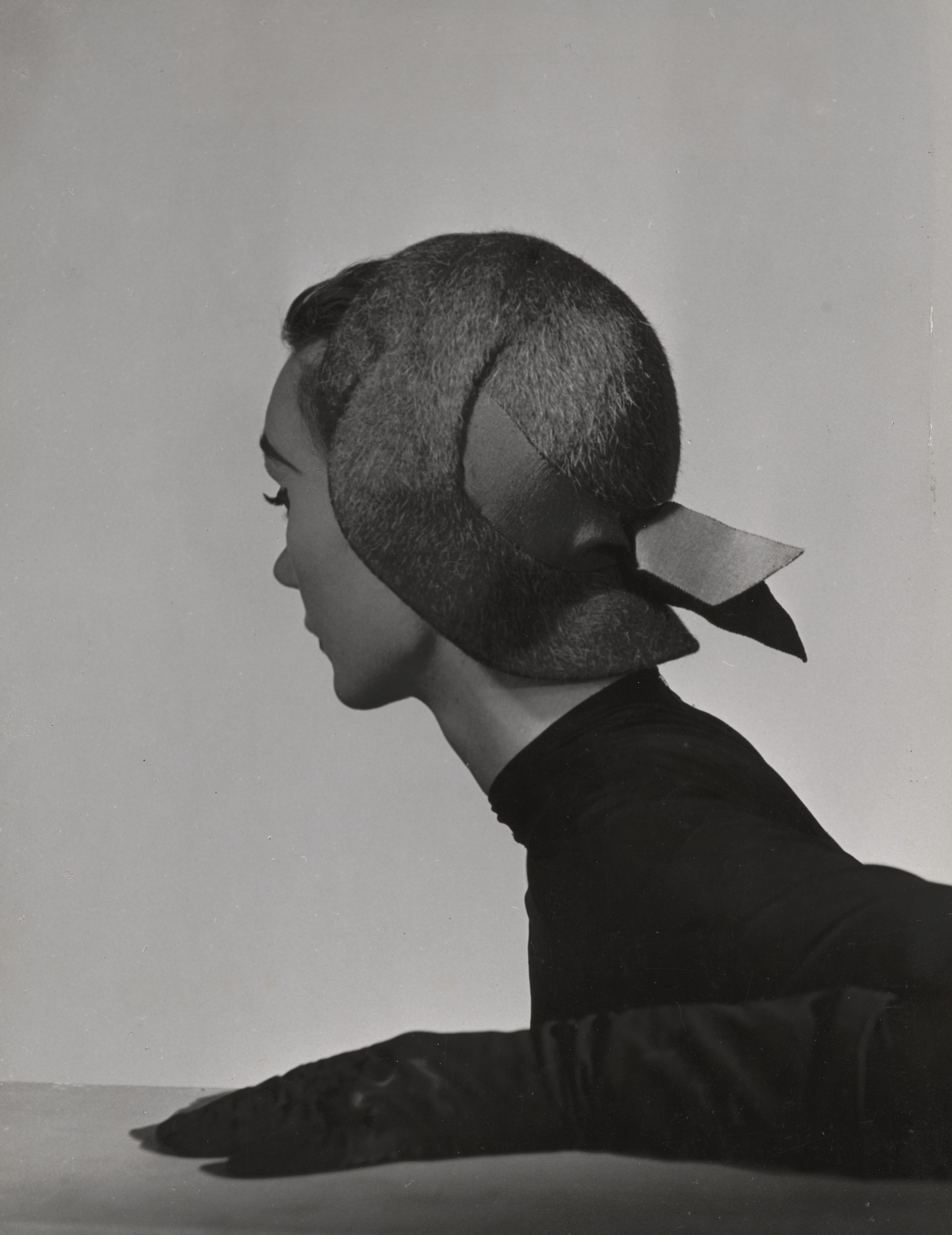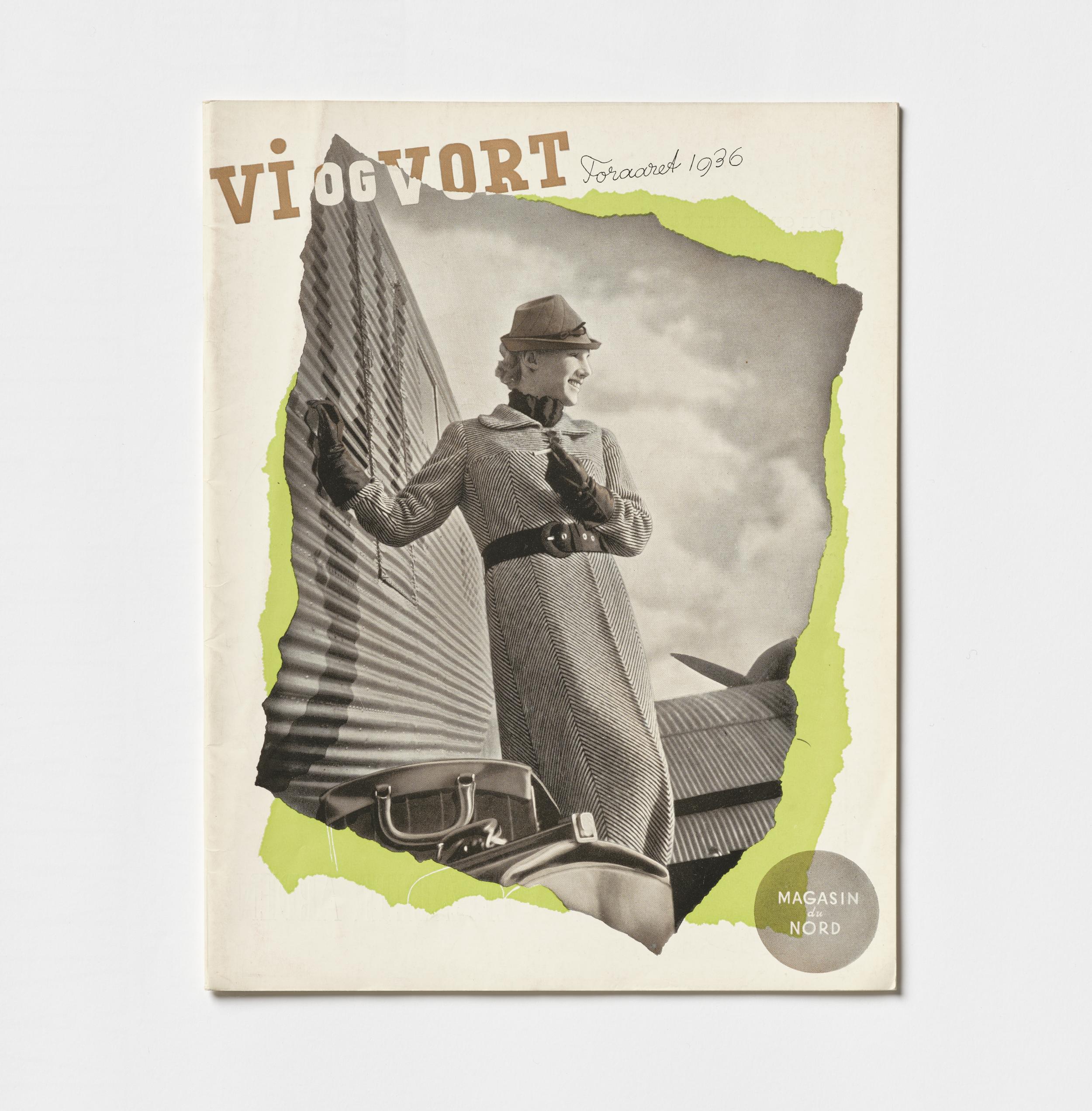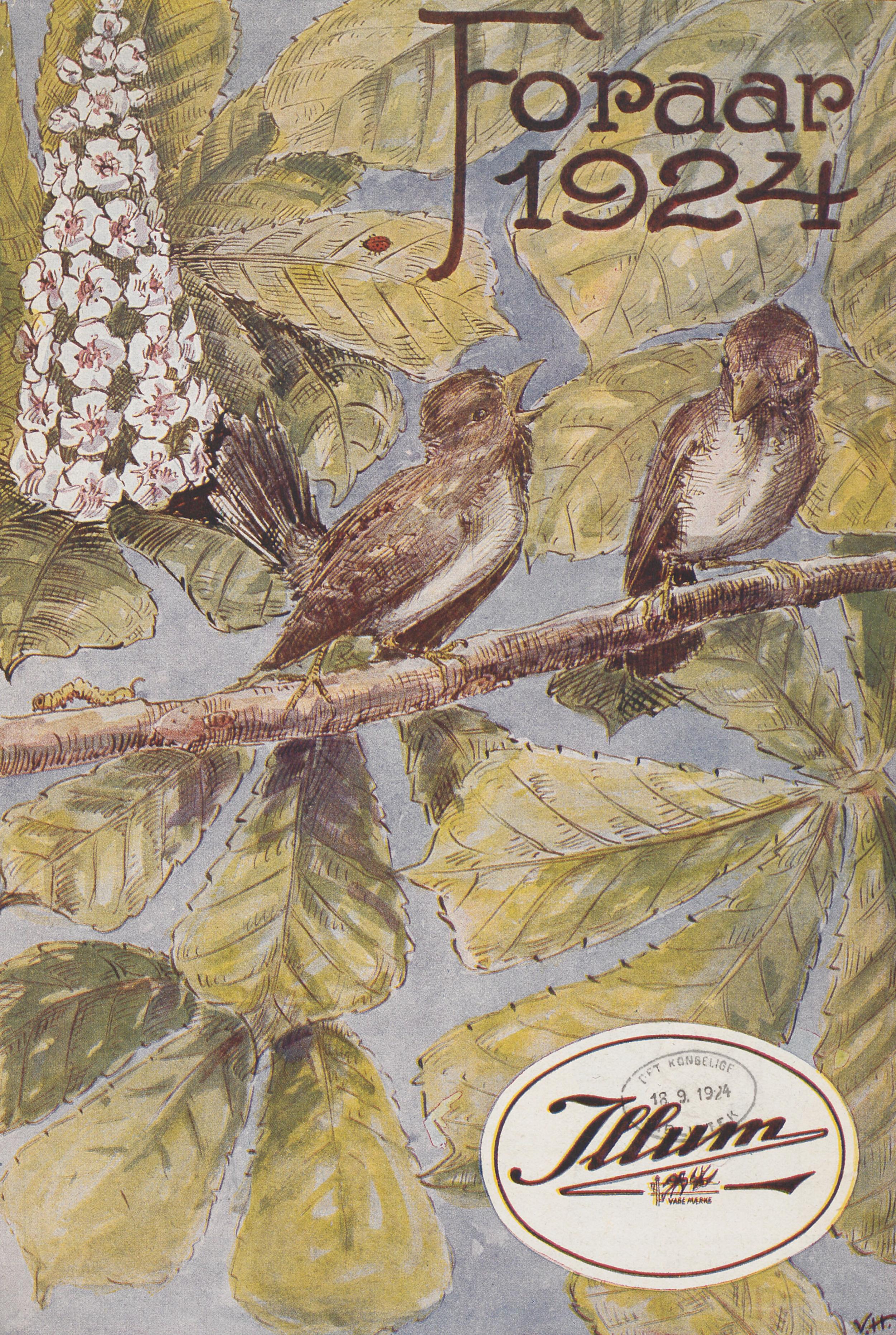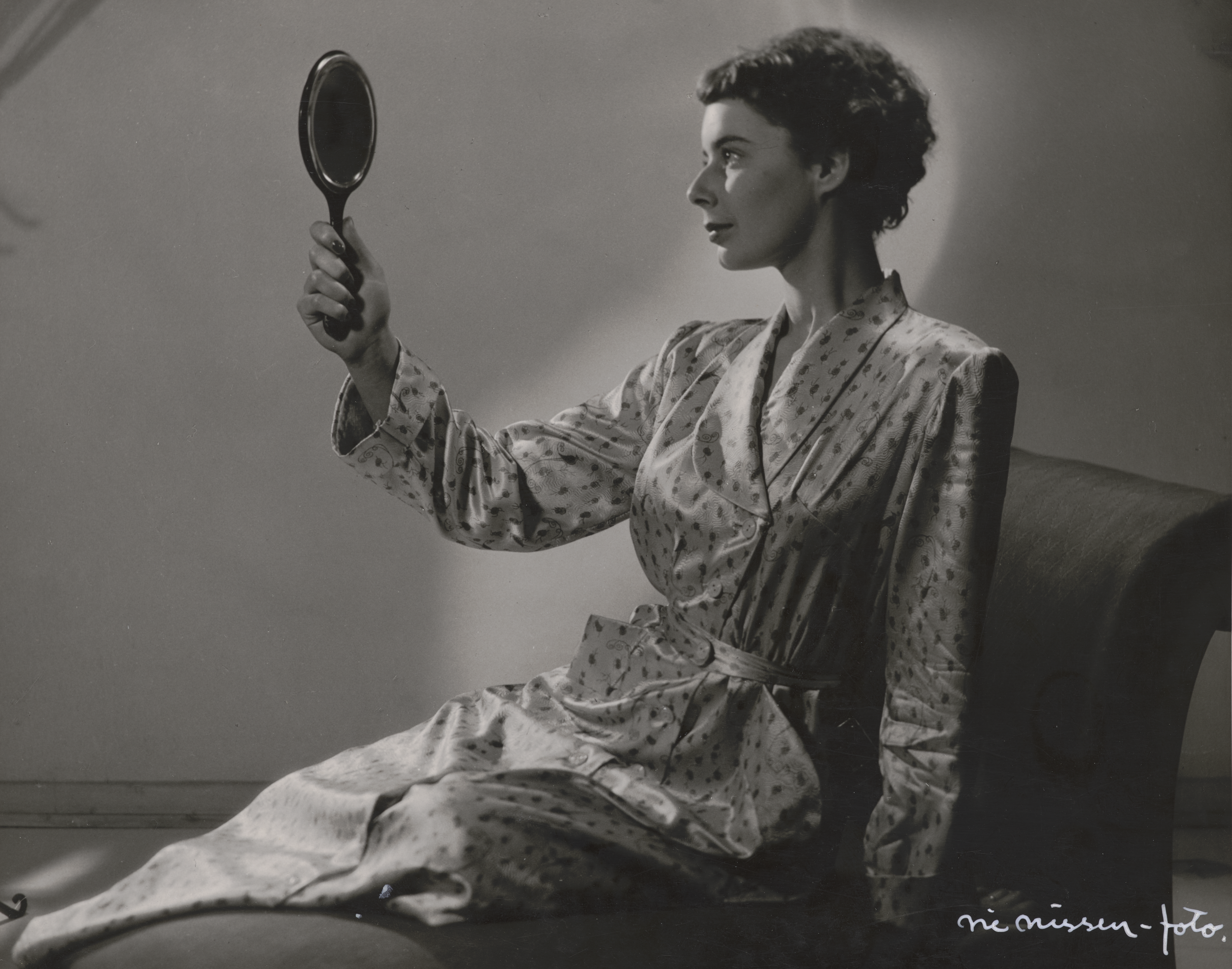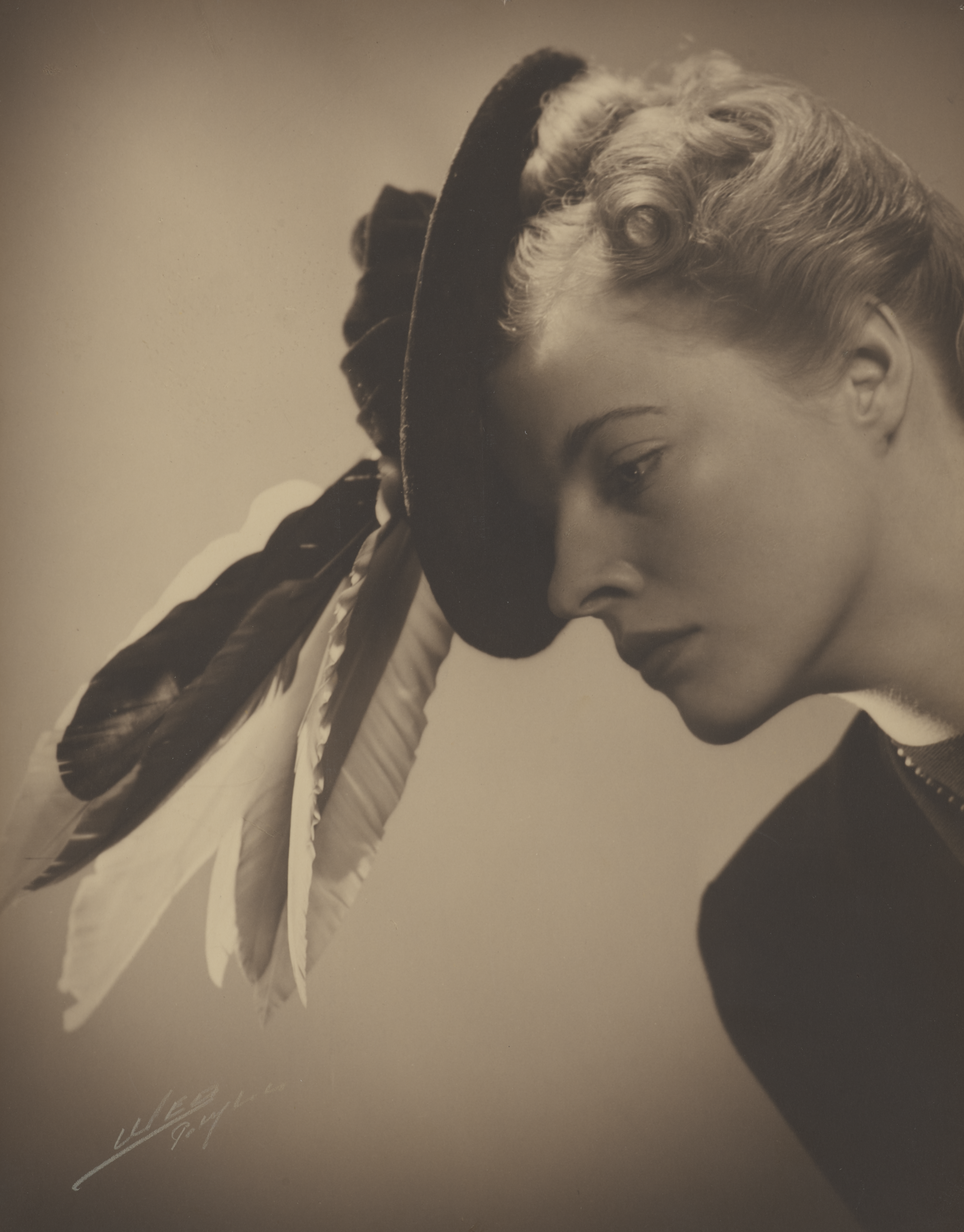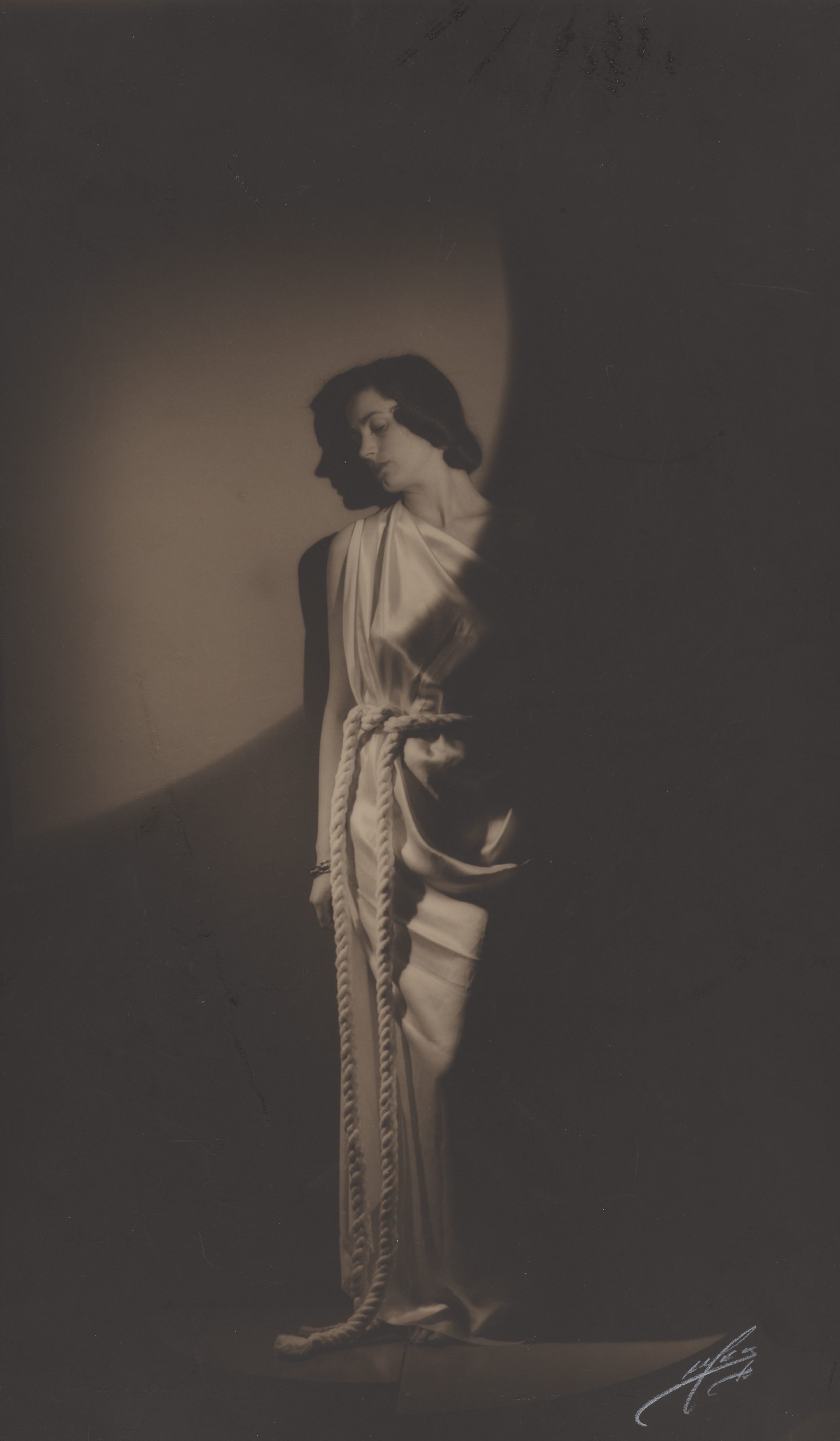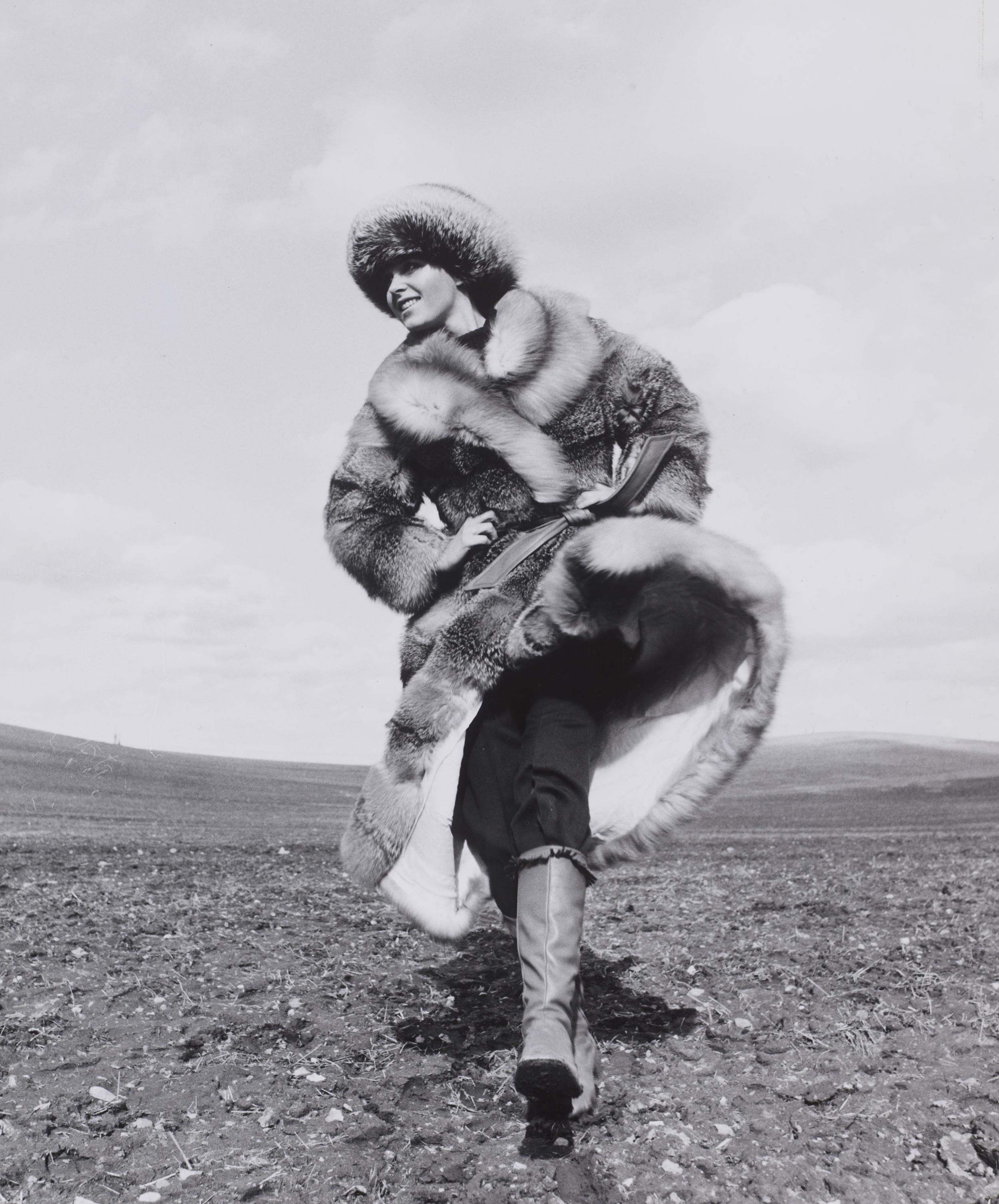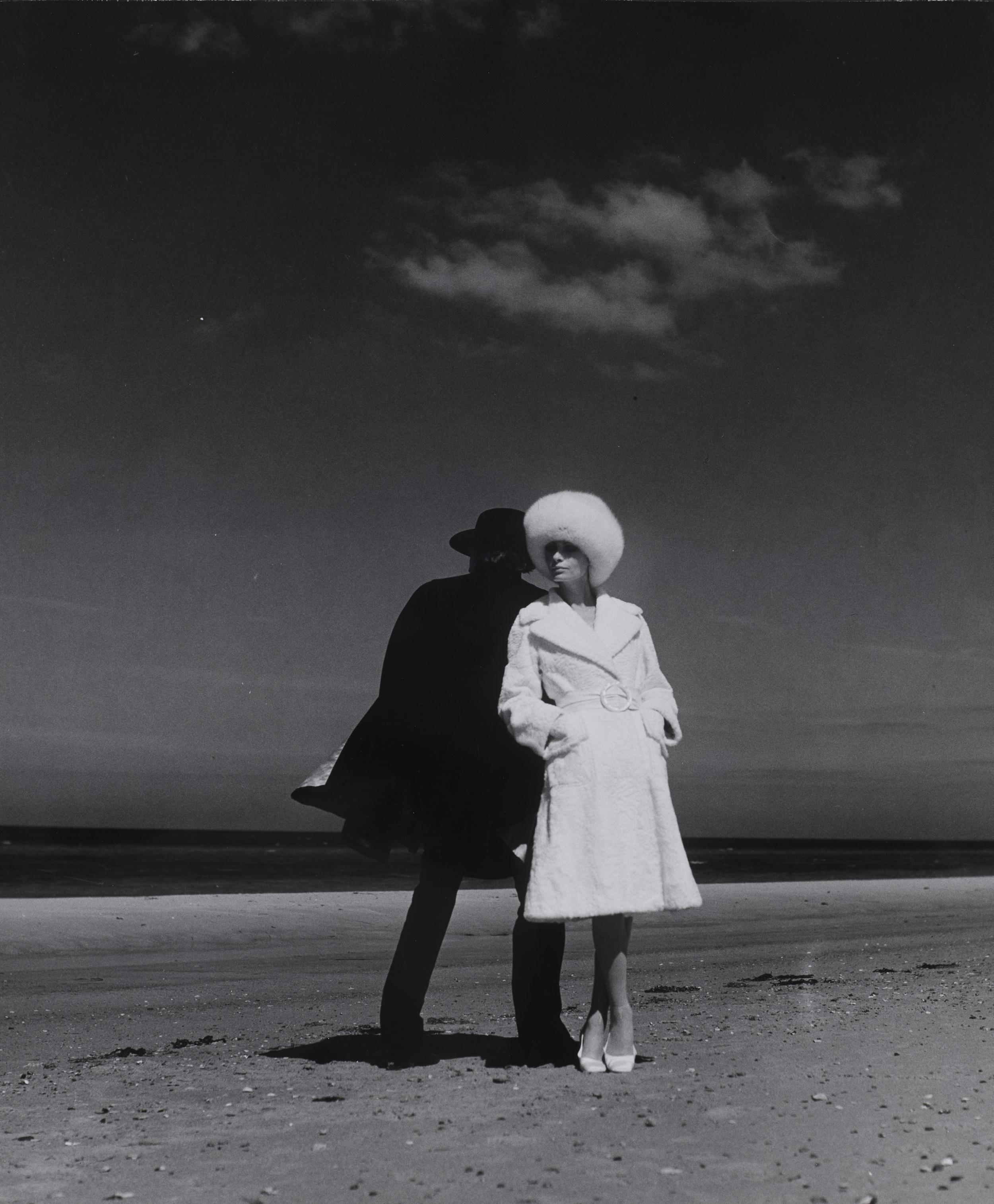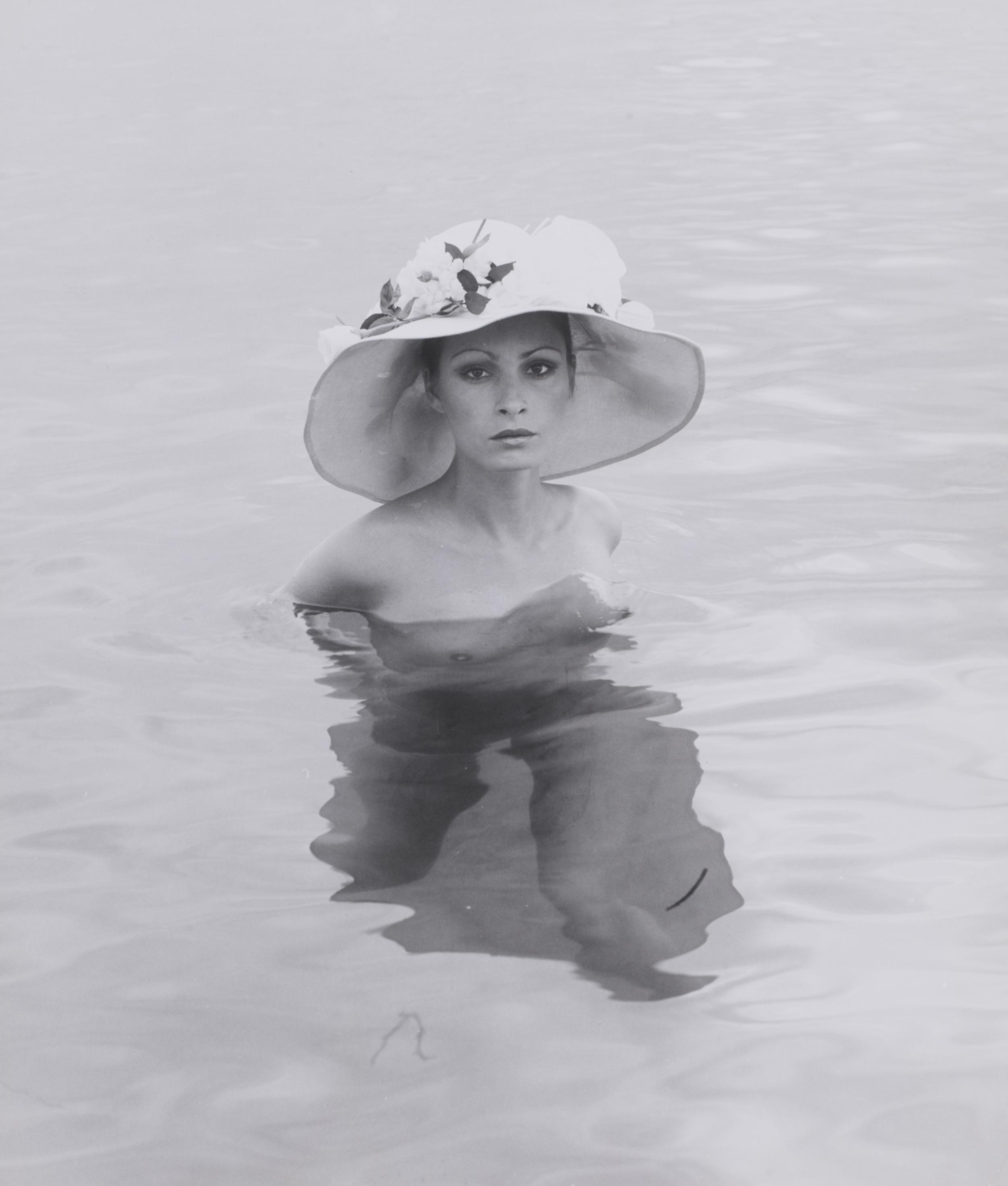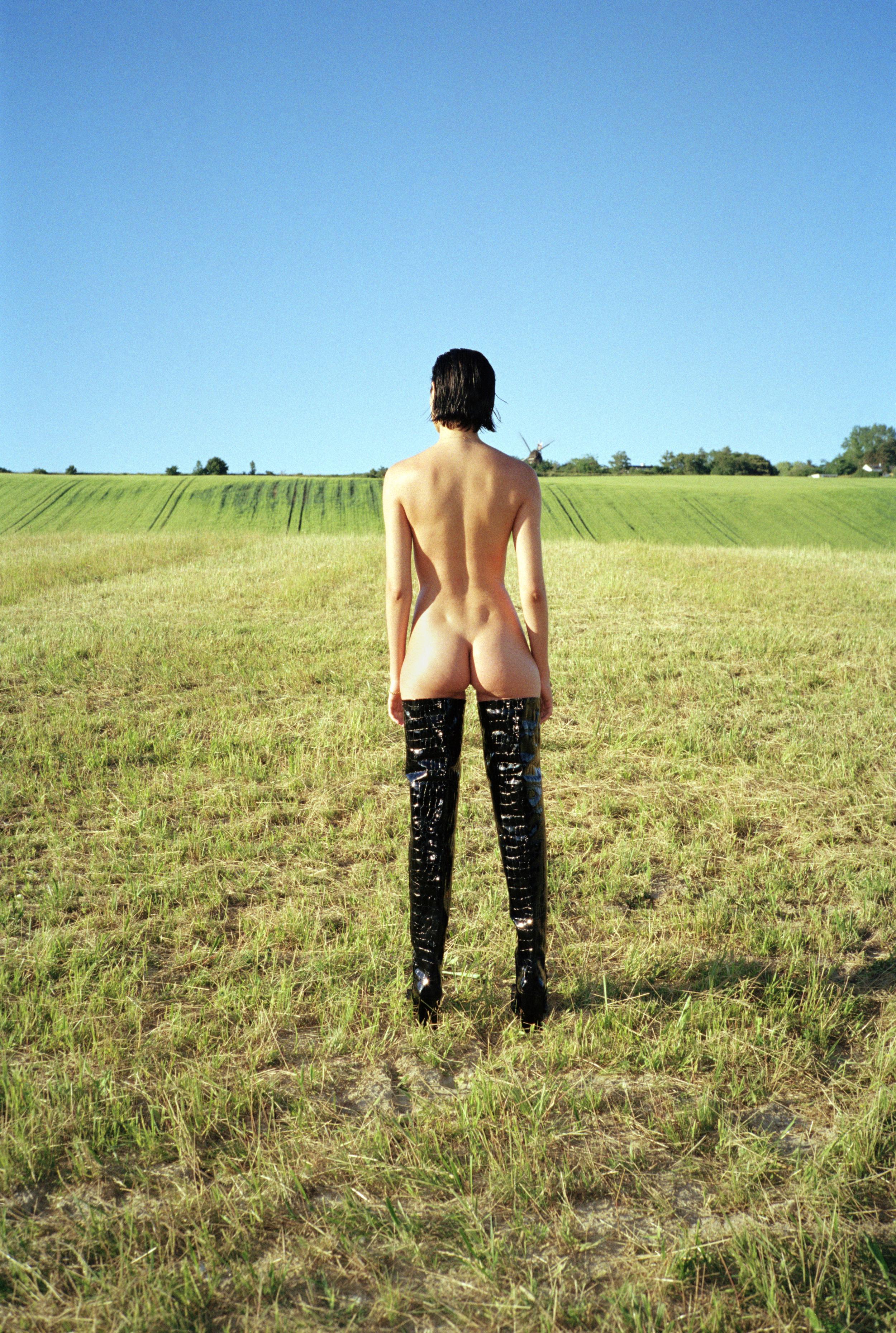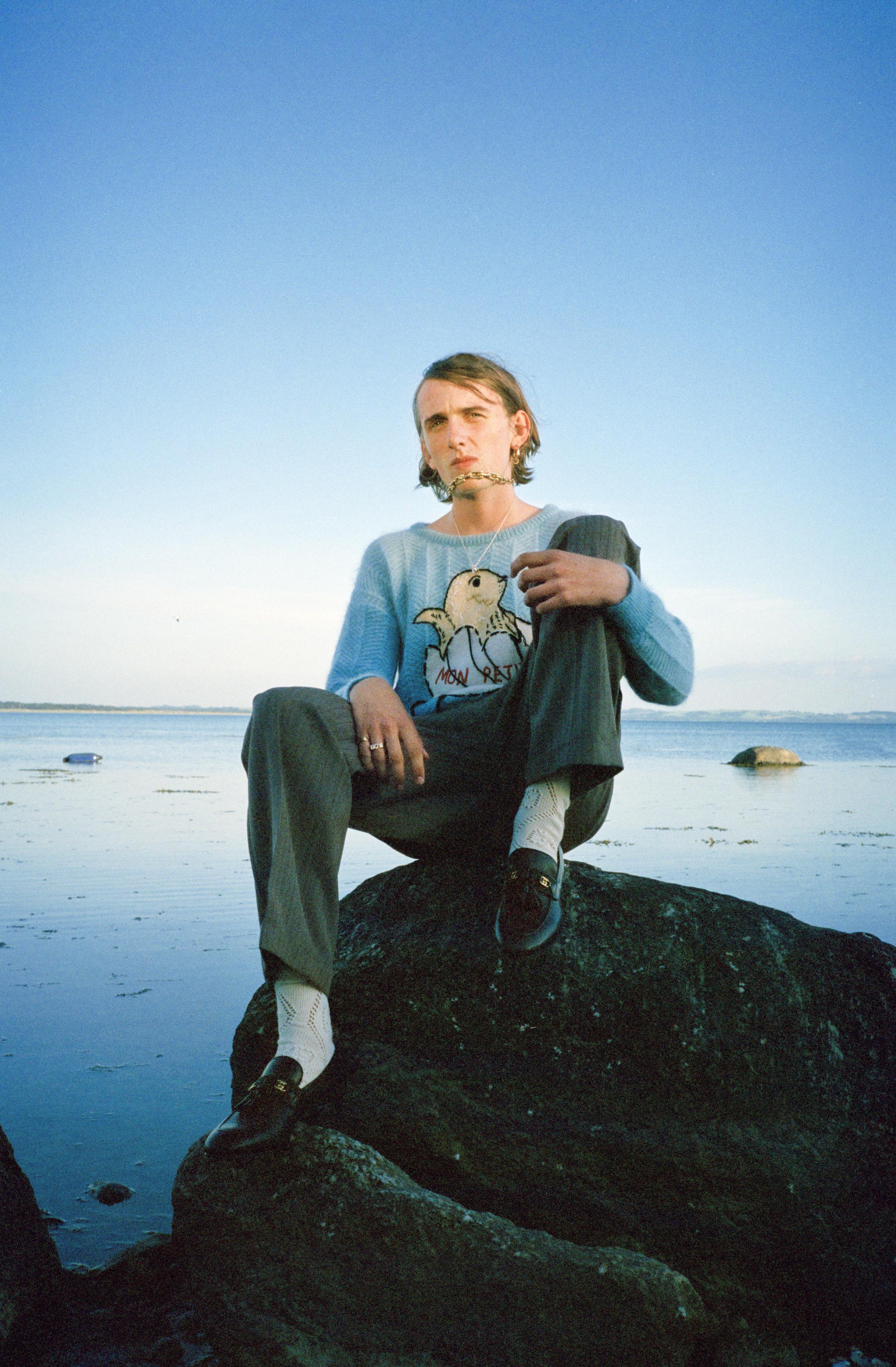The dream of fashion photography
Fashion photography is not just pictures of clothes. The pictures sell dreams and help shape our image of what is beautiful.
The fictions of fashion photography
Fashion photographs are more than simply pictures of clothes. They make us dream of being someone else, of looking like a model and living in a glamorous world where everything is brand-new and up to date. Fashion photography has done so ever since the genre was born a hundred years ago.
But the conventions of beauty are still narrowly defined. Fashion is almost exclusively sold to us by young, thin, white bodies.
Today, fashion photography can also take a wryly ironic approach to its own foibles, mimic everyday life or even show darker aspects of existence.
Fashion photography in print
Fashion photography was created to be mass-produced in print. At first the pictures were used in humble product catalogues, but later they moved into the fashion pages of the dailies and not least the glossy magazines. Although fashion is increasingly marketed online and by influencers, the fashion industry still spends large sums on the production of fashion photography: after all, it is the images that make clothing fashionable.
The photographic model as a phenomenon
Being a photographic model began to be a recognised professional occupation in the 1930s. Danish photographer Sven Türck was among those who captured the trend and refined model photography. His photo agency sold ‘situation pictures’ for advertising and other uses – what we would call stock photos today. His catalogue featured many pictures of female models expressing a range of different emotions while always looking ideal.
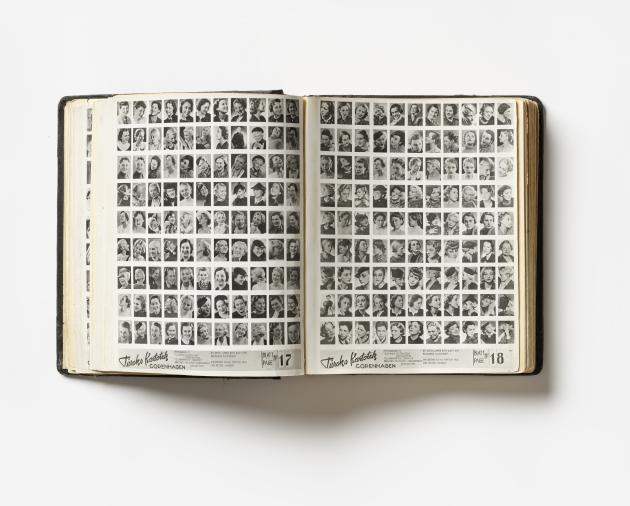
Photo: Sven Türck
Glamour and statue poses
Around World War II, fashion photography was greatly inspired by the glamour of Hollywood movies. The models appeared perfect and unattainable in their impossible beauty, urging emulation. In Denmark, the portrait photographers Th. Weg and Rie Nissen both mastered the art of dramatic lighting that could make the models appear as beautiful as statues.
Richard Avedon
American photographer Richard Avedon photographed the models in motion, thereby breathing entirely new life into the genre in the post-war years. He often worked outside the controlled space of the studio, creating lively and modern tableaux.
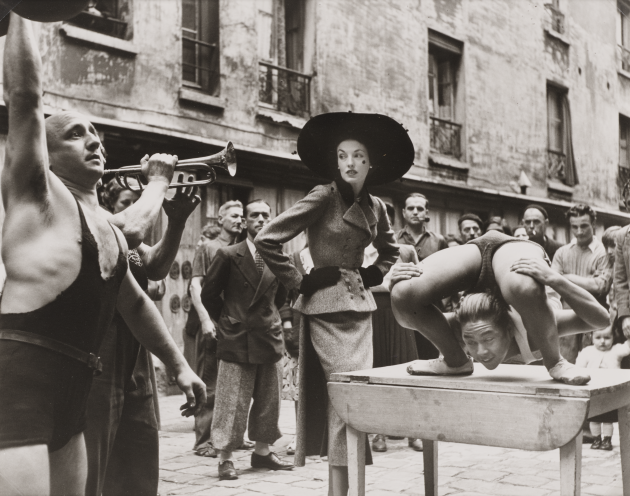
Photo: Richard Avedon
Jørn Freddie
In the 1960s and 1970s, Danish fashion saw a surge in success, creating a need for skilled fashion photographers. The period focused especially on luxury and joie de vivre, but Jørn Freddie had a distinctively artistic eye that endowed his images with something more than a simple celebration of beauty.
Per Morten Abrahamsen
Strict body ideals and the cultivation of an almost morbidly thin look characterised the fashion world in the 1980s and 1990s. Heroin chic became a new ideal – referring to models who looked as emaciated as drug addicts. The trend met with increasing criticism, and at the same time photographers began to create narratives infused by darker themes. Like here, where Per Morten Abrahamsen stages a series about a model’s empty and eerie life, ending in suicide.
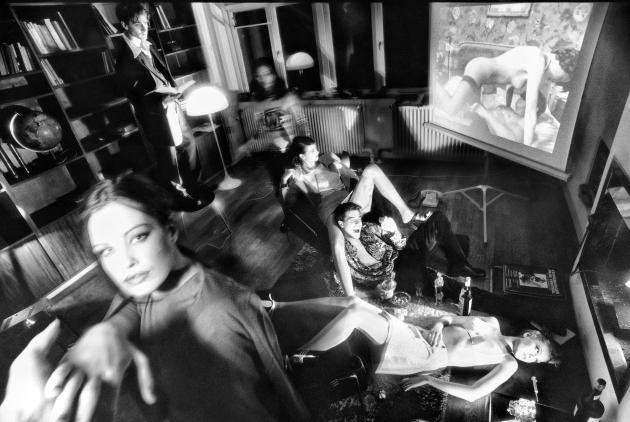
Photo: Per Morten Abrahamsen
Fryd Frydendahl
The recent years have seen the emergence of a new type of fashion photography that cultivates the everyday rather than follow in the wake of the dream factory of the past. Often, the banal and mundane mingles with the quirky and the weird, blurring the distinctions between art and fashion. The art photographer Fryd Frydendahl is a proponent of this development. Her series for the magazine DANSK incorporates surreal elements as well as references to art history and popular culture.
